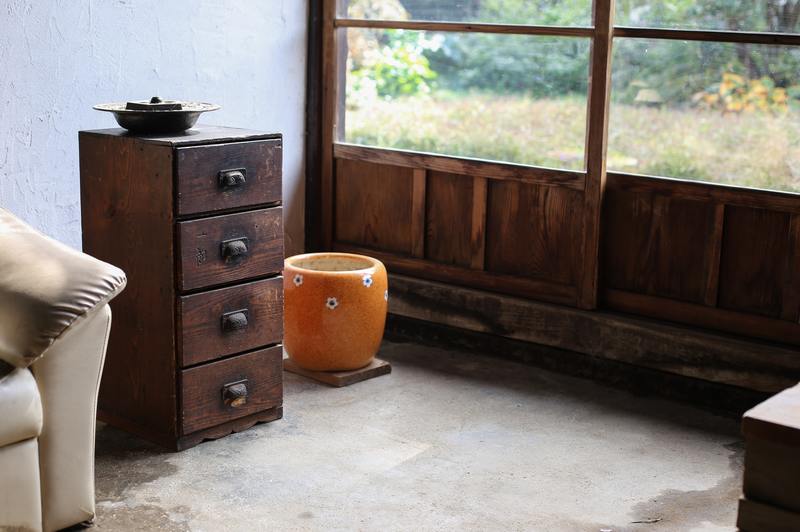You have to know how to fix water damaged cabinet bottom because water damage is bad news to every piece of furniture. To fix it, you have to remove the damaged part of your cabinet bottom, and then we’ll go into more detail from there.
This article included steps on fixing cabinet bottoms of different cabinets, namely particle board cabinets and MDF cabinets. We also included a how-to instruction on how to dry out water-damaged bottom cabinets. Lastly, we included information on whether water damage is included in your cabinet’s insurance coverage.

Steps In Fixing A Water Damaged Cabinet Bottom
As said above, you have to remove the damaged area when you want to fix the base of your water-damaged cabinet.
Method #1. Particle board cabinets
Particle boards are commonly used in furniture because of their beautiful properties. However, when they get damaged by water, they swell and lose shape. Here are the steps to fix your cabinet bottom made of particle board.
Step #1. Dry it out
When you deal with water damage, the first thing you have to do is to dry it out. This takes a long time for some, especially if you live in a humid area. However, this is necessary, so keep your cabinet doors open and ventilate the room well.
Step #2. Even out the raised area
To even out the raised area of your particle boards, you have to sand them. Repeatedly polishing your particleboard (buffing) can expose the dried and damaged sections of your material. Sanding and buffing will prepare you for the next step.
Step #3. Remove damaged areas
Once your particleboard has been dried and sanded down, remove the damaged parts. In this situation, you can either remove the whole floor of your cabinet’s base if the damage is extensive. Or, you can cut out parts, that is if the damaged area is just small and can be filled with wood fillers.
Step #4. Wood fillers
Assuming that the damage can be salvaged by wood fillers, fill the parts of your particle board cabinet with wood fillers. You can use a knife to apply wood filler to the holes of your particle board cabinet.
Step #4.1. If the damage is extensive and you had to remove a big part of your cabinet bottom, then make a base for your cabinet bottom to sit on. Measure the height of the floor of your cabinet and create a base accordingly.
Set the ground on the front and back area of your cabinet’s bottom and secure it. Then, place a new floor made out of particle board and secure that as well.
Step #5. Sand the floor again
After filling the holes or replacing a big part of your particle wood bottom, proceed to sand the floor of your cabinet. This is to ensure that your board is clear and smooth. After filing the board and cleaning off the dust, you can coat it with a waterproof seal to help protect it from water damage.
Method #2. MDF cabinets
MDF material has a similar reaction to particleboard. When it gets water damage, it swells, then it gets distorted. If the material hasn’t separated, then the swell can be sanded down.
Like with any water-damaged furniture, you have to dry it out first. After that, here are the following steps:
Step #1. Sand using 80-grit sandpaper
Get a hand block and attach the sandpaper, then sand the area. Suppose the damage is extensive, sand until the paint is removed.
However, if it is just a small area, just sand the damaged area. If you cannot even out the high areas, change the sandpaper.
Step #2. Fill in damaged areas
After sanding the damaged parts of the MDF cabinet, you can fill the cracks with a mixture of powdered resin glue and water. This mixture takes a while to dry, so let it sit overnight before proceeding to the next step.
Resin glue sometimes shrinks, so after drying it out, fill it in again. You can use a wood filler this time.
Then, smoothen the whole thing again using 100-grit sandpaper. You can also use sandpaper to replicate the molding lines of your cabinet.
Step #3. Coat
Finally, after sanding, coat the sanded areas with a sealant and a brush. Then, match the existing paint and protect the cabinet bottom by applying two coats of water-resistant paint.
Is water damage included in a cabinet’s insurance coverage?
Cabinets from Glenwood Kitchen and Laurysen Kitchen do not include water damage in their insurance coverage. This is not unique to these brands, though. Most brands that use natural wood as their material for their furniture do not cover water damage as part of their insurance.
If you deem it necessary for you to have water damage insurance, you can ask your lawyer for possible insurance companies that may cover that.
Conclusion
Now that you know how to fix water damaged cabinet bottom with different materials, may you be guided enough to improve it. We hope what we wrote here about setting water-damaged cabinet bottoms and about insurance could answer some of your questions.
